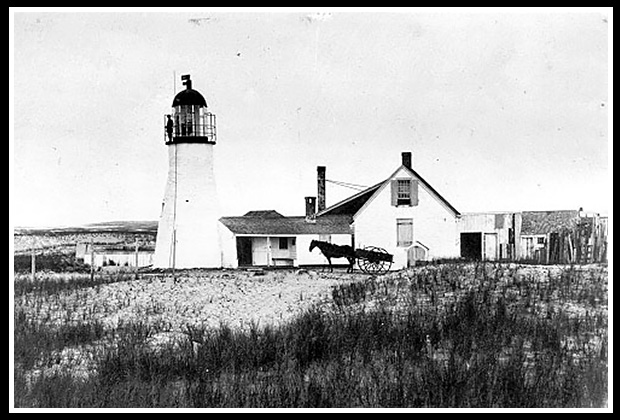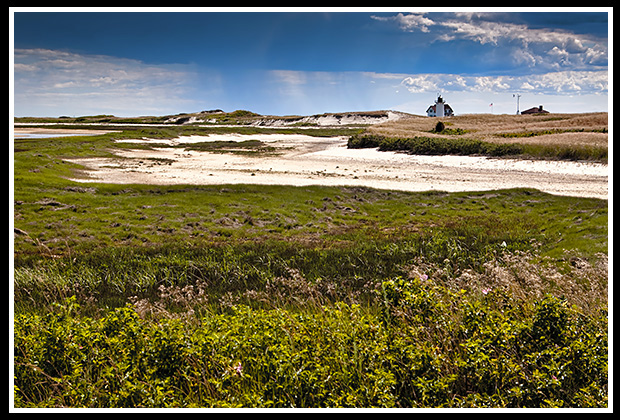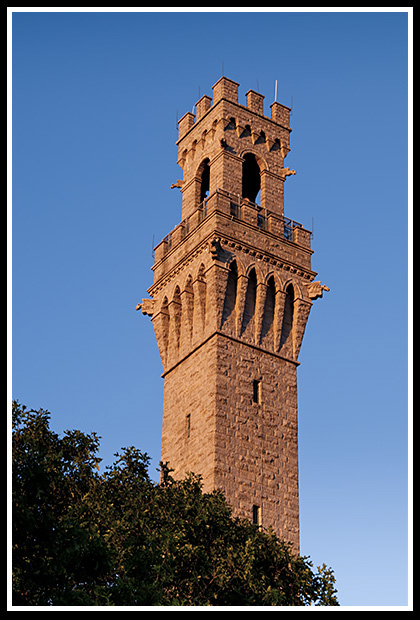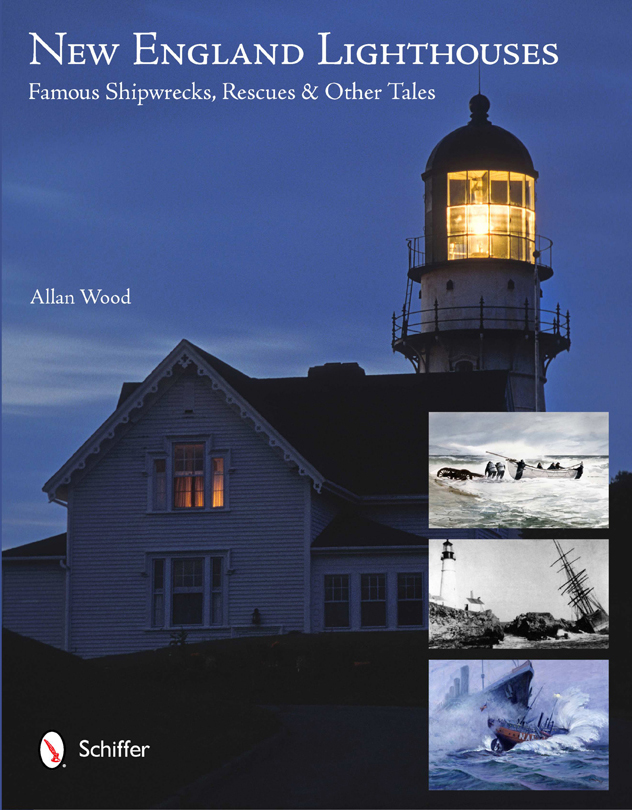Race Point Lighthouse
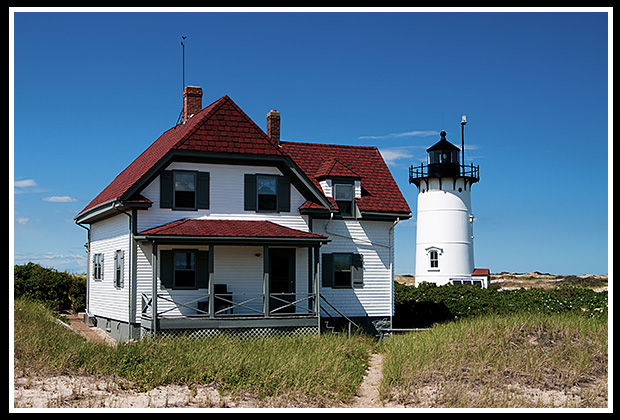
Provincetown, Massachusetts
Built in 1816
Location:
Northwest of Provincetown near the northernmost point of Cape Cod on Race Point Beach in the Cape Cod National Seashore. Overnight lodging for guests and tours to the lighthouse tower are provided during the summer months with reservations.
Latitude: 42° 03' 45" N
Longitude: 70° 14' 35" W
Historic Stories:
The area around Race Point outside of Provincetown is marked by dangerous sand bars and a hazardous strong racing cross current, aptly called the “race” at the northern end of Cape Cod. During the Revolutionary War, the British frigate, HMS Somerset, was shipwrecked off Race Point and was believed to have been caught in one of the dangerous currents, driving it into one of the hazardous sandbars. Provincetown mariners had been requesting a lighthouse at Race Point to guide ships around the hazardous race currents as early as 1808.
| Race Point Lighthouse was finally built in 1816 to guide mariners across this highly dangerous stretch of sand bars near Race Point which had already claimed many ships. |
Early 1816 Construction |
This was one of the earliest lighthouses to use a "revolving illuminating apparatus" which produced the flashing characteristic that was adopted in building future lighthouses.
It was used at Race Point to distinguish between it and nearby Highland (Cape Cod) lighthouse.
During the famous storm of 1841, where 57 mariners perished, Captain Rich spent nearly 12 hours tied to the wheel of his schooner Water Witch to finally guide the boat safely near Race Point.
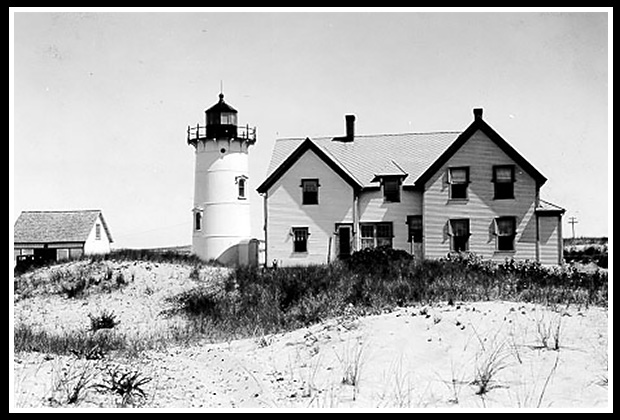 1876 Construction Image Courtesy US Coast Guard |
The Portland Gale
One of the most famous of New England ship disasters of the 19th century was the sinking of the steamer Portland. It was built in 1889 and carried up to 800 passengers and cargo between Boston and Portland, Maine during the heyday of the steamship era.
On the Thanksgiving week of 1898, two storm systems, one from the Great Lakes and the other from the South, would come together over the New England coast producing one of the worst storms New England had ever seen. No one was prepared, however, for the intensity or duration of the storm.
Captain Blanchard continued to prepare the steamer Portland for its run from Boston to Portland, Maine. That evening, with snow starting to fall, over 175 passengers who were enjoying the Thanksgiving weekend boarded the Portland, and left Boston Harbor at 7 p.m. The exact number of passengers was never known as all records where kept aboard the ship.
Later that evening, the winds increased to hurricane force, forcing the Portland further south until, by Sunday, on November 27th, she was floundering off the coast of Cape Cod. By that evening, bodies and wreckage from the Portland began washing up between the Race Point and Peaked Hill Bars Life-Saving Stations on Cape Cod. It was believed the ship sank on Sunday, Nov. 27, around 9 a.m., because watches recovered with the bodies stopped between 9 and 10 o’clock. At the time, it was still unknown how the Portland met her demise, nor was it clear how many passengers were aboard since the only passenger list was on the ship.
Over 140 ships were lost in the storm, but with the sinking of the Portland, with nearly 200 crew and passengers perished, the Gale of 1898 has been known as the “Portland Gale.” As a result of this tragedy, and others, new regulations were finally established for all passenger ships to leave a second list of passengers on shore before they depart, and a list to be sent to their destination, if possible, as well.
Note: For more details regarding this famous story, select the link "Portland Gale" Blog at the top of the page to be directed to my Lighthouse Stories section.
In the 1930’s one keeper, James Hinckley, converted his Model T into a kind of "dune buggy" to not only help bring and retrieve the children from school, but also to acquire supplies in nearby Provincetown. The new vehicle allowed him to make the trip to Provincetown in less than 30 minutes.
The lighthouse and buildings have recently been completely renovated and the keeper’s dwelling is available for overnight stays during the summer months.
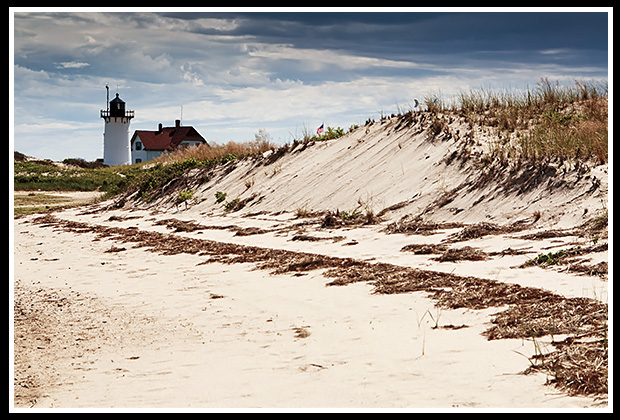
Sand Dunes by Race Point Light
Places to Visit Nearby:
| Race Point Lighthouse can be reached by hiking about two miles through the sand from Race Point Beach along the shoreline. |
Race Point lighthouse lies in the Cape Cod National Seashore |
The lighthouse can also be reached with a four-wheel drive vehicle and a permit, which can be obtained from the Cape Cod National Seashore, or the Coast Guard station at the parking lot. For those with a keen sense of direction a less strenuous hike through not so soft sand can be accessed, by taking the 2nd right after Race Point Beach sign heading towards Herring Cove Beach.
The small parking lot will display a sign regarding the marshland you would trek through.
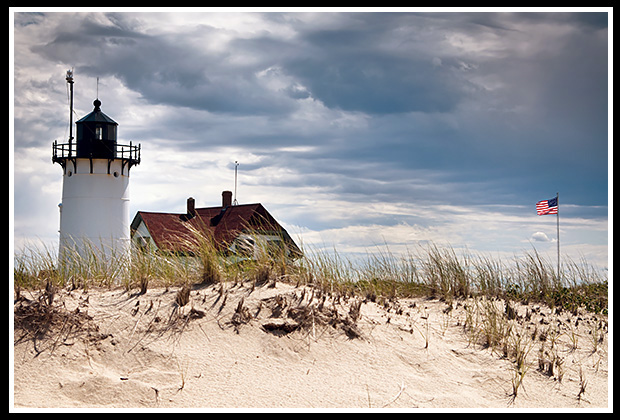 |
Just follow the fire road until you see the lighthouse. It is also roughly a 2-mile hike. |
You'll find plenty of space at both beaches to relax and enjoy the wildlife and the surf, or fish offshore.
If you have had enough hiking and don’t have a four-wheel drive vehicle, Art’s Dune Tours offers trips out to Race Point light, phone (800) 894-1951.
Provincetown is a unique community of generations of artisans that have settled there many decades ago. Visit the Whydah Museum to see real pirate treasure and artifacts from the pirate ship the Whydah which sunk off the coast of Provincetown in 1717. The Whydah is the only verified pirate shipwreck ever discovered.
| You can get spectacular views of scenic Provincetown and the three lighthouses nearby, including Race Point Light, from atop the 250 foot high Pilgrim Memorial Monument and Provincetown Museum. |
Pilgrim Monument |
It is the tallest all-granite structure in the United States. It stands at 353-feet above sea level and was dedicated on August 5, 1910 to commemorate the first landing of the Pilgrims in the New World at Provincetown on November 11, 1620.
Lighthouse Tours and Staying Overnight
Public tours of the lighthouse are offered occasionally during the summer months, usually around the first and third Saturdays from June until October. Visitors must reach the lighthouse on their own by walking, or having a four-wheel drive vehicle with a permit.
The Keeper’s House and the Whistle House next door are available for overnight stays. The Keeper's house has been carefully restored to replicate a 1950's era structure. For those who wish to stay at the Keeper's house, volunteer transportation is provided.
For those who enjoy a little more privacy, the brick structure of the Whistle House, completely remodeled and restored is available for up to eight guests. However, you'll need your own four-wheel drive vehicle with an overland permit from the National Park Service. Great views of the sand dunes and ocean from your vehicle as you drive to the beacon. If you don't have this type of vehicle, take Art's Dune Tours as mentioned above to get you to the lighthouse.
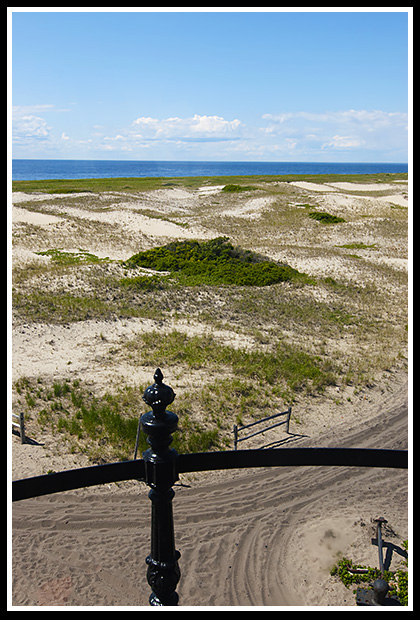 |
Race Point lighthouse is located on part of the Cape Cod National Seashore. Some tours allow visitors to get great views of the area from the lantern room in the tower. |
Hiking Directions to the Lighthouse:
- From Route 6, take Race Point Road in Provincetown
- Follow Race Point Road until it ends at the beach.
- From the parking lot, walk towards the Coast Guard Station.
- Walk along the jeep trail about 2 miles in soft sand to the lighthouse. It can be a strenuous hike so visitors need to be prepared.
- Permits are needed to drive off road vehicles on the beach and jeep trail, which can be obtained from the Cape Cod National Seashore or the Coast Guard station.
- For those with a keen sense of direction a less strenuous hike through not so soft sand can be accessed, by taking the the 2nd right after Race Point Beach sign heading towards Herring Cove Beach.
- The small parking lot will display a sign regarding the marshland you would trek through.
- Just follow the fire road until you see the lighthouse. It is also roughly a 2-mile hike.
Contact Info:
American Lighthouse Foundation: Cape Cod Chapter
Race Point Lighthouse
c/o Cape Cod Chapter
Phone: (855) 722-3959
https://www.racepointlighthouse.org/contact-us.htm
Books to Explore
New England's Haunted Lighthouses: 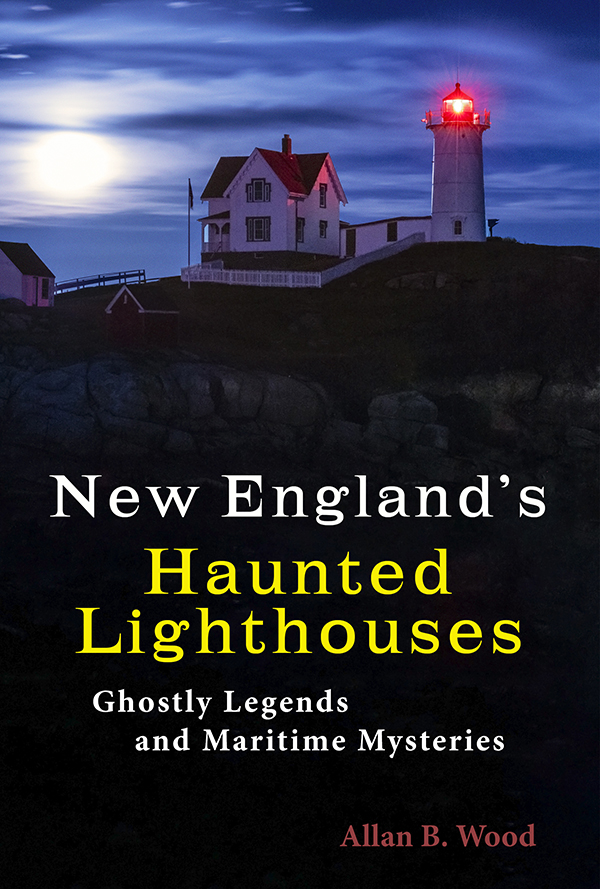
Available in paperback. |
In this image-rich book, discover the historical secrets of the haunted lighthouses of New England! Reliable witnesses have reported numerous ghostly encounters, including the spirits of dedicated keepers who refuse to leave, phantom ships, victims of misfortune, restless souls from nearby shipwrecks, and more. Immerse yourself in the tales connected to these iconic landmarks, blending maritime history with the paranormal. |
Lighthouses and Coastal Attractions of Southern New England: Providing special stories from each of the 92 lighthouses of New England's lower states, along with plenty of indoor and outdoor coastal attractions and tours you can explore. Look inside! |
|
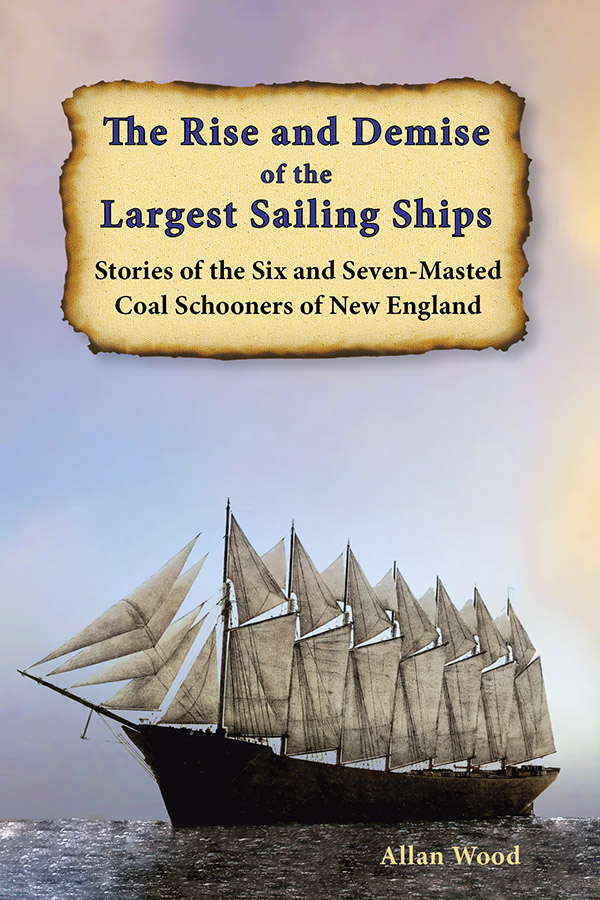
|
The Rise and Demise of the Largest Sailing Ships: In the early 1900s, New England shipbuilders constructed the world’s largest sailing ships to carry massive quantities of coal and building supplies, and measured longer than a football field! This book, balanced with plenty of color and vintage images, showcases the historical accounts that followed each of these eleven mighty ships. In fact, many of these events occurred while sailing around the dangerous shoals of Cape Cod and the islands during stormy weather, as many of these ships looked for refuge in Provincetown Harbor. |
New England Lighthouses: Famous Shipwrecks, Rescues & Other Tales This image-rich book contains over 50 stories of famous shipwrecks and rescues around New England lighthouses, and also tales of hauntings. You'll find more details and imagery in the story of the "Portland Gale" and the sinking of the great steamship Portland, near Race Point Light. |
You'll find this book and my lighthouse tourism books from the publisher Schiffer Books, or in many fine bookstores like Barnes and Noble.

